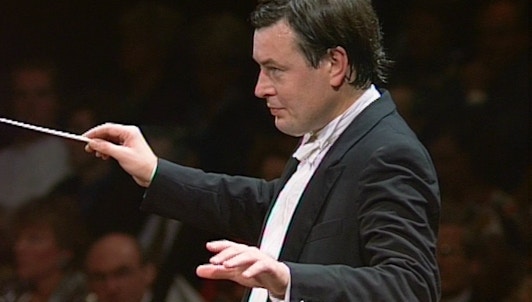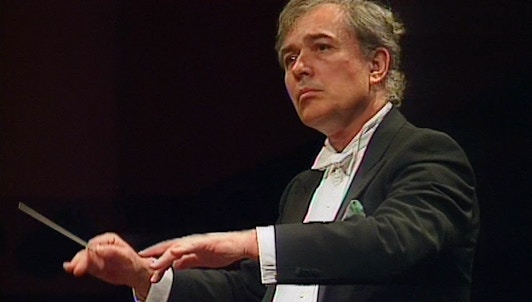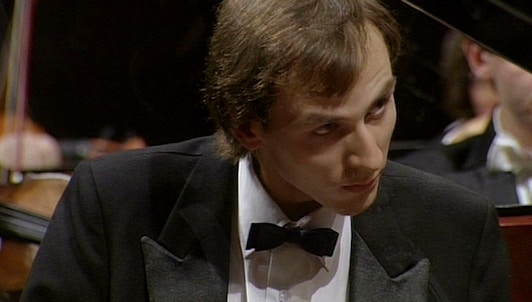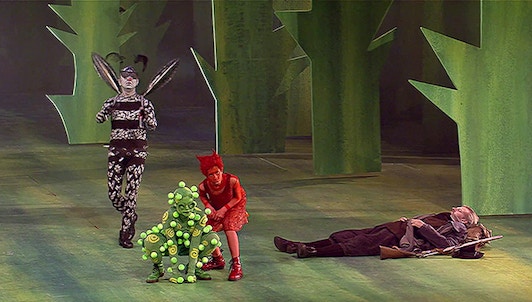Born into a humble family settled in Nelahozeves, a village near Prague, Antonín Dvořák left school at the age of 11 to learn his father's trades, butcher and innkeeper. Thankfully, Antonín's precocious musical gifts are quickly noticed, and the young boy is sent to study at his uncles's plance in Zlonice, then to Prague from 1857 onwards. Playing the viola in the Prager Kappelle's orchestra, Dvořák familiarized himself with the classical and contemporary masterworks. Enjoying a well-established reputation from his peers and the internation audience, Dvořák is in his lifetime a Major figure on the musical scene. Invited to Germany, France, the United Kingdom and the United States, Dvořák eventually went back to his homeland to manage the Conservatory of Pragua. Dvořák, who died in 1904, left a considerable oeuvre which has ever since been performed worldwide.
Dvořák's Symphony No. 8 in G Major distinguishes itself from others thanks to its tone (G Major is very rare in romantic works) and its Major and Minor notes alternation. This four-movement work, written in 1889 in Vysoka, manages to share the peace and serenity reigning in this village. If the elements combined in this work seem incompatible at first sight (the rhapsody and the funeral march, the fanfares and the serenade, the waltzes and the popular refrain...), they follow on logically after one another and are carefully orchestrated, a proof of Dvořák's genius.
The symphony is performed by conductor Petr Altrichter and the Prague Symphony Orchestra.
From 1990 to 1992, Petr Altrichter was principal conductor of the Prague Symphony Orchestra. In Germany, from 1993 to 2004, he was the musical director of the Südwestdeutsche Philharmonie, and in England, he became principal conductor of the Royal Liverpool Philharmonic Orchestra in 1997.



